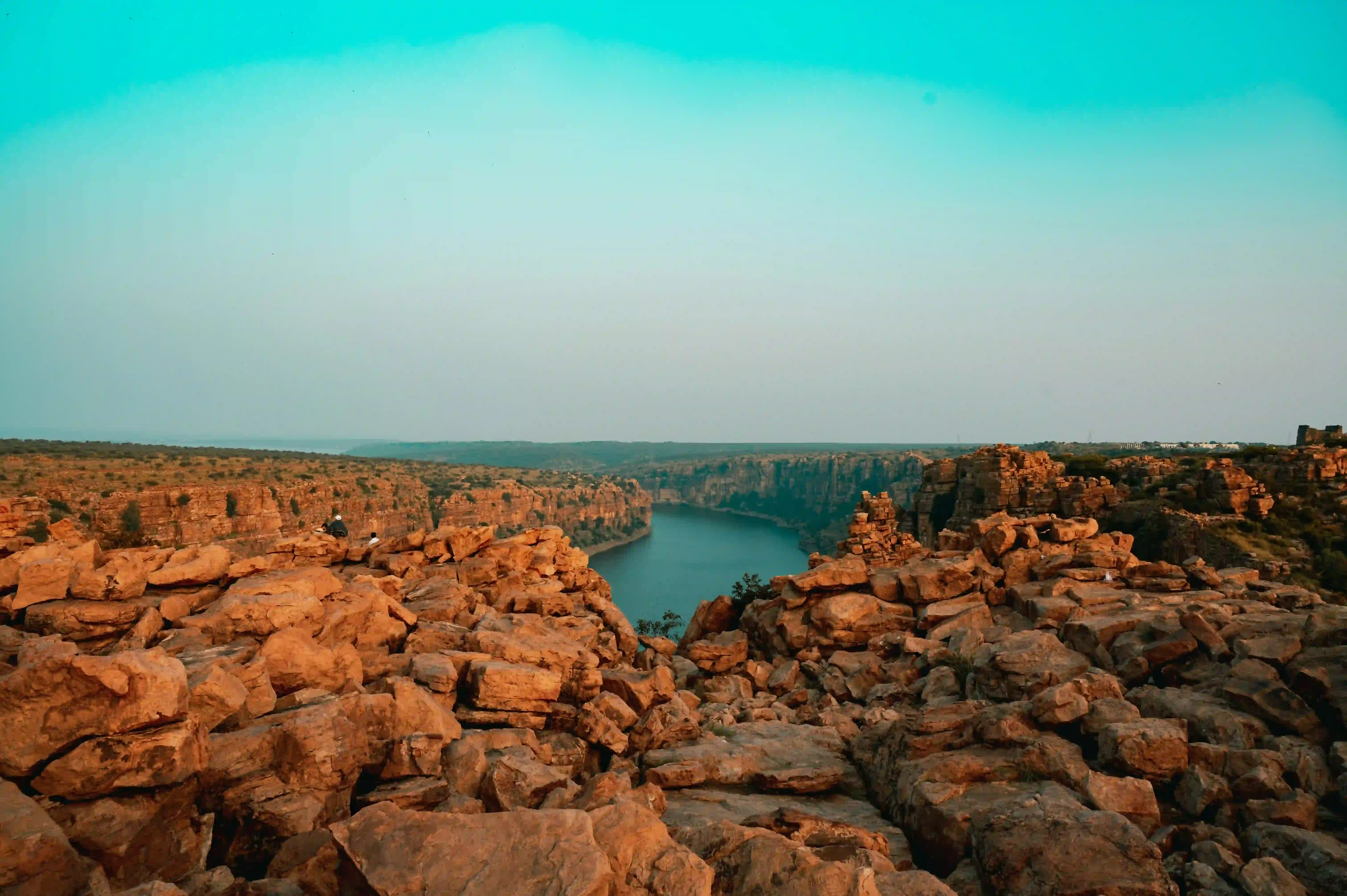Tharon Cave, nestled in the verdant landscapes of Tamenglong district in Manipur, emerges as a geological marvel that transcends mere physical boundaries. Its limestone formations tell a story far more complex than simple rock and stone, revealing intricate narratives of human civilization that stretch back thousands of years. The cave's discovery in 1946 by Maharaja Budhachandra marked a pivotal moment in understanding the region's archaeological richness, particularly its connection to the Hoabinhian culture of North Vietnam.
The geological architecture of Tharon Cave is a testament to nature's patient artistry. Stretching over 655 meters, the cave system boasts an intricate network of passages and halls adorned with stunning stalactites and stalagmites. These mineral formations, crafted over millennia, create a mesmerizing landscape that captivates speleologists and adventure enthusiasts alike. The cave's unique structure, with five distinct exits ensuring exceptional ventilation, speaks to the complex natural engineering that has preserved this remarkable site.
Archaeological excavations within Tharon Cave have unearthed profound evidence of early human settlements, connecting Manipur to broader Southeast Asian cultural networks. Artifacts related to the Hoabinhian culture provide tangible links to prehistoric human migrations and technological developments. These findings are particularly significant, offering insights into the sophisticated stone age traditions that once thrived in this remote region of India.
Beyond its archaeological significance, the cave holds immense cultural importance for local communities. For centuries, it served as a strategic shelter and refuge, with local warriors utilizing its complex tunnel systems during conflicts. The cave's geographical positioning and natural defenses made it an ideal location for protection, embedding it deeply within the region's historical narratives. Local folklore is rich with stories of brave warriors and hidden passages, adding layers of mystique to its already compelling history.
The natural beauty of Tharon Cave extends beyond its geological formations. The surrounding landscape of Tamenglong district provides a breathtaking backdrop, with lush forests and undulating terrain creating a pristine environmental context. The cave's ecosystem supports diverse flora and fauna, making it not just an archaeological site but also an important ecological preserve that demands careful conservation and scientific study.
Modern tourism has gradually recognized Tharon Cave's potential as a unique destination. Efforts by local government and non-governmental organizations have focused on developing sustainable tourism infrastructure that respects the site's cultural and natural integrity. Guided tours, informational signage, and carefully managed visitor access have been implemented to ensure that tourism contributes positively to local economic development while preserving the site's inherent value.
The significance of Tharon Cave transcends physical boundaries, representing a microcosm of Manipur's rich cultural heritage. It stands as a powerful reminder of the region's complex historical trajectories, connecting prehistoric human experiences with contemporary understanding. Each stone, passage, and artifact within the cave tells a story of survival, adaptation, and human resilience.
As a natural wonder and archaeological site, Tharon Cave continues to inspire researchers, tourists, and local communities. Its preservation represents a commitment to understanding our collective human history, celebrating the intricate connections that have shaped human civilization across geographical and temporal boundaries. The cave remains a living testament to the extraordinary stories embedded within the landscape of Manipur.









